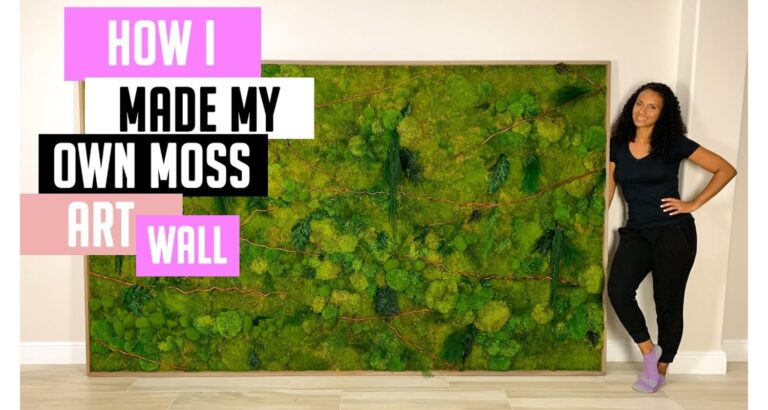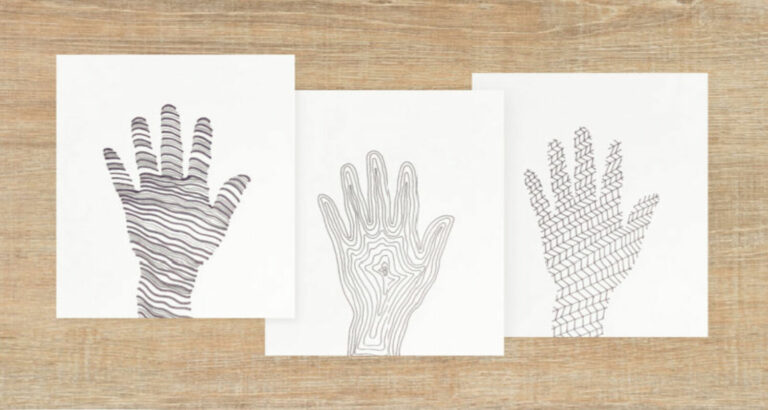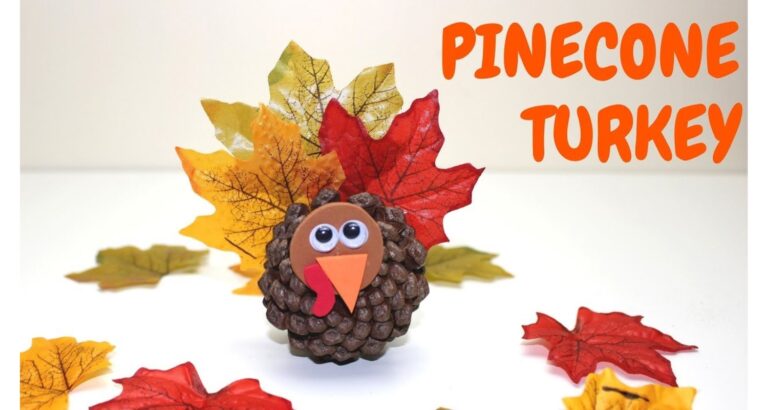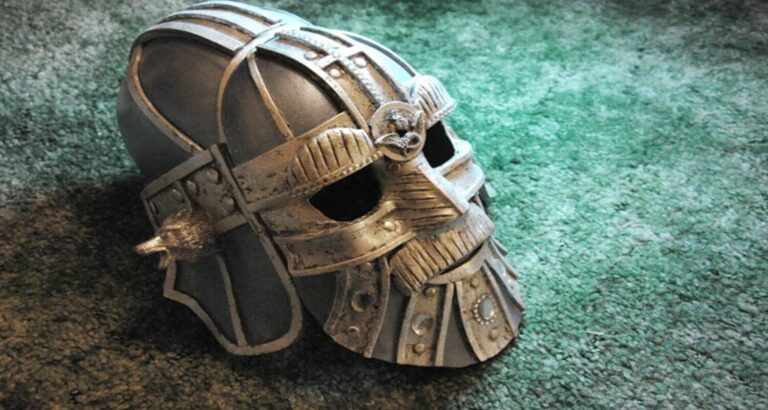Regarding upgrading and safeguarding wood surfaces, choosing between finishing and painting can take time and effort. Both options have their advantages and drawbacks. This article compares all the aspects of Stain Wood Vs. Paint.
Color and Paint are two well-known choices for treating wood surfaces, each with benefits. Finishing stresses the normal magnificence and grain of the wood, while Paint offers many varieties and prevalent security. Your preference for style and durability should guide your decision.
Perusing this article on stained wood versus Paint assists you with figuring out the key distinctions, geniuses, and cons of every choice. It gives significant experiences to pursue an educated choice in light of your inclinations, wanted taste, and the necessities of your wood project.
Stain Wood Vs. Paint: What’s the Difference?
Stain and Paint are two standard choices to improve and safeguard surfaces like wood, cement, or metal. While both fill comparable needs, there are particular contrasts between the two.

The Essential Ingredients of Paint and Stain
Paint is a pigmented fluid covering that frames a defensive and improving layer on a surface. It regularly comprises three primary parts: colors, covers, and solvents. Shades give tone and opacity, covers keep the colors intact and stick them to the surface, and solvents help in the application and drying.
A stain, then again, is a cloudy substance that enters the surface, improving its normal appearance. It typically comprises shades or colors broken up in a dissolvable, alongside folios and different added substances. Unlike Paint, which shapes a layer on top of the surface, stain saturates the material, permitting the texture and grain to stay apparent.
How Paint and Stain Work on Surfaces
Paint gives a sturdy and robust layer of insurance when applied to a surface. It can cover defects, conceal flaws, and proposition a wide variety of variety choices. Color additionally provides fantastic protection from dampness, UV beams, and general mileage. In any case, it can disguise the surface’s regular surface and may require more support after some time, for example, repainting or final details.

Stain, then again, emphasizes the usual excellence of the surface, featuring grain and texture. It permits the substrate to inhale and extend or contract without breaking. Similarly, the strain will require less support than Paint, as it continuously blurs and can be effectively re-applied without the requirement for broad planning. In any case, stain offers a restricted variety of decisions, and its defensive capacities against components like UV beams or dampness might be less successful than Paint.
Stain Wood Vs. Paint: Different Substrates and Their Treatment
Stain Wood Vs. Paint on Different Materials
This is a breakdown of the way paint and stain work on different materials and their upsides and downsides:
Wood:
Paint:
Paint shapes a defensive obstruction on wood surfaces, forestalling dampness infiltration and safeguarding against decay, rot, and bug harm.

It can likewise conceal blemishes and give a wide variety of variety choices. In any case, the Paint might cloud the normal magnificence of the wood grain.
Stain:
Stain improves the regular appearance of wood, permitting the grain and surface to radiate through. It gives some degree of insurance against UV beams and dampness yet may require more regular reapplication contrasted with Paint.

Stain arrives in various varieties, from straightforward to cloudy to vital, considering different degrees of inclusion.
Cement:
Paint:
Paint can cover and safeguard stonework and substantial surfaces. It gives a tough completion that opposes dampness, breaking, and staining.

Paint can likewise be utilized to add tone and conceal surface defects. In any case, it might require appropriate surface readiness and may not stick well to porous surfaces.
Stain:
Stain isn’t ordinarily utilized on brickwork and substantial surfaces. In any case, there are specific notable stains accessible that can give an improving completion and upgrade the presence of the material.

Robust colors can offer different varieties and examples, and they enter the surface to provide durable variety and security.
Vinyl:
Paint:
Vinyl surfaces can be painted to change their variety or revive their appearance. Paint planned explicitly for vinyl sticks well and gave a tough completion. It can likewise offer UV obstruction and safeguard against enduring.

Nonetheless, not all colors are appropriate for vinyl, and legitimate surface arrangement is essential to guarantee great attachment.
Stain:
Stain isn’t ordinarily utilized on vinyl surfaces as it doesn’t enter the material successfully.

Vinyl has a smooth, non-porous surface that makes it trying for stains to ingest and stick appropriately.
Drywall:
Paint:
Drywall is generally painted to give a smooth and uniform completion. Paint assists with safeguarding the drywall surface, concealing flaws, and providing a variety of choices.

Preparing before painting is fundamental to guarantee a great bond and a reliable outcome. Paint can be applied in numerous coats for the ideal inclusion and finish.
Stain:
Stain isn’t commonly utilized on drywall, as it is intended to enter porous surfaces like wood.

Drywall doesn’t have a characteristic grain or texture that a stain can improve; going with Paint is the favored decision for this material.
Stain Wood Vs. Paint Furniture
Regarding wood furniture, the decision between painting and staining relies upon the ideal result and the particular attributes of the piece. Here is an itemized correlation between image and finishing wood furniture, alongside variables to consider while pursuing the choice:
Appearance:
The appearance of stained wood and Paint on furniture can be differentiated.

Overlook this in detail below.
Painting:
You can paint wood furniture in various colors and finishes. It can completely change the piece’s appearance, covering up flaws and giving it a uniform surface. Be that as it may, painting regularly conceals the typical grain and texture of the wood.
Staining:
Finishing wood furniture upgrades its regular magnificence, displaying the grain and surface. Stain comes in different shades, from straightforward to strong, offering various degrees of inclusion. Finishing permits the wood to hold its extraordinary qualities, making it warm and rural stylish.
Protection:
Protection of furniture is essential, for which Paint and stain are needed.

Listed below are the various reasons for how it protects the furniture.
Painting:
Paint provides a long-lasting layer of protection for wood furniture against moisture, scratches, and UV rays. It makes a hindrance that can assist with expanding the life expectancy of the piece and endure everyday mileage.
Staining:
While stain offers some insurance against UV beams and dampness, it is less viable than Paint. Finished wood furniture might require occasional reapplication to maintain its defensive characteristics.
Maintenance:
After painting and staining furniture, it’s essential to maintain and take proper care of it.

The various ways and the essentiality of maintaining painted or stained furniture is given below.
Painting:
Painted wood furniture can be more straightforward to clean and keep up than finished pieces. The firm surface of the Paint makes it more impervious to stains and spills, and any final details or fixes should be possible effectively by applying extra Paint.
Staining:
Finished wood furniture might require more standard support. The stain may wear away or fade over time, requiring restaining to restore its appearance. Notwithstanding, minor final details on finished furniture can combine more consistently with the current completion.
Surface Arrangement:
The surface agreement is necessary before painting and staining.

The importance of surface agreement is described below.
Painting:
It is essential to properly prepare the surface before painting wood furniture. It commonly includes sanding the surface to make a smooth and, surprisingly, base trail using groundwork to develop grip further and upgrade the Paint’s strength.
Staining:
Surface preparation for staining wood furniture includes sanding to remove any previous finishes or flaws. However, a primer is typically not necessary for staining.
Personal Style and Preferences for Stain Wood Vs. Paint:
Consider your taste and the style of the furniture you want. Painting might be better for a more contemporary look or a bold, colorful statement.

Staining is more appropriate if you want a look that is organic and natural and emphasizes the character of the wood.
Stain Wood Vs. Paint: Which Is Better For Exterior Wood
Regarding outside wood, whether it’s a deck, wall, or siding, the decision between Paint and color relies upon a few elements.

Here is a conversation on the utilization of Paint and stain for outside wood, alongside their upsides and downsides:
Paint for Exterior Wood:
Pros:
The pros of using Paint for exterior wood are protection from UV, color and appearance & durability.

Let’s go through each of them.
Protection:
Paint shapes a thick, firm boundary on the wood surface, giving superb security against dampness, UV beams and enduring. It forestalls decay, rot, and bug harm.
Color and Appearance:
Paint offers various choices, permitting you to modify the vibe of your outside wood. It can make a uniform appearance, conceal blemishes, and supplement the general plan of your property.
Durability:
Paint gives a solid and enduring finish, requiring less successive support and repainting contrasted with stain.
Cons:
The cons of painting exterior wood include covering the natural texture; the Paint can wear off, and its inability to breathe.

Let’s go through them all together.
Covers up the natural texture:
The strong idea of Paint covers the regular grain and surface of the wood, which some might see as unwanted on the off chance that they lean toward a more everyday look.
Maintenance:
Paint can chip or peel over time, necessitating touch-ups or complete repainting. Surface planning, including scratching and sanding, is essential before repainting.
Inability to Breathe:
Paint can decrease the breathability of wood, possibly catching dampness and prompting issues like twisting or decaying while perhaps not appropriately kept up with.
Stain for Exterior Wood:
Pros:
Using stain for exterior wood can make it look natural and more flexible, protect it from UV, and support it.

Let’s overlook it in detail.
Look Natural:
By allowing the grain and texture of the wood to show through, the stain enhances its inherent beauty. It gives a more rural and natural appearance.
Flexibility and penetration:
Because the stain goes deep into the wood, it protects it from moisture and UV rays. It lets the wood breathe, allowing it to expand and contract without peeling or cracking.
Simple Support:
Without extensive surface preparation or stripping, stained wood can be easily maintained with periodic reapplication of stain.
Cons:
Restricted Variety Choices:
Stain offers less variety of decisions contrasted with Paint. It typically comes in various brown tones, making it less appealing to people who want a more comprehensive range of colors.
Lower Security:
While stain gives some degree of insurance against the components, it may not offer a similar degree of toughness and opposition as Paint. It may need to be applied again regularly to keep its protective properties.
See also: Painting vs. Staining Wood
Understanding Porous Surfaces for Stain Wood Vs. Paint
Porous surfaces allude to materials with little openings or pores that permit fluids or gases to go through them.

On the other hand, non-porous surfaces lack these openings and are relatively resistant to the movement of liquids or gases. With regards to Paint and stain, the collaboration with Porous and non-Porous surfaces contrasts:
Porous Surfaces:
Paint:
Paint is assimilated into the material on porous surfaces like wood or cement. The Paint sticks to the surface by getting into the pores. The binders and pigments stay on the surface as the solvent evaporates, forming a protective film.

Multiple coats may be necessary on porous surfaces to achieve the desired coverage.
Stain:
Porous surfaces can easily absorb stains, allowing them to penetrate the material deeply. The stain enhances the surface’s inherent characteristics, like the wood grain. After application, the color and finish you want are typically achieved by wiping away any excess paint.
Non-Porous Surfaces:
Paint:
Paint can work well on smooth, impervious surfaces like metal, glass, or plastic. It adheres to these surfaces via a mechanical bond or material-specific primers. The color shapes a sturdy and defensive layer on top of the character.
Stain:
The stain is rarely applied because it cannot penetrate or adhere to non-porous materials. Stain requires Porous surfaces to ingest and hold the colorants.

It’s vital to note that a few materials, like specific kinds of tile or stone, may have shifting degrees of porosity. Appropriate surface readiness, like cleaning or utilizing groundwork, might be essential to guarantee a great bond and ideal outcomes for Paint and stain.
Understanding whether a surface is porous or non-porous is vital while picking the suitable covering, as it influences how well the paint or stain sticks and performs. Appropriately distinguishing the surface qualities will help you choose the correct items and accomplish the ideal result.
FAQS
Paint or stain, which is better for preserving wood's natural beauty?
Stain is by and large liked for safeguarding the regular magnificence of wood, as it permits the grain and surface to appear through while improving its appearance.
Which choice offers a more extensive scope of variety, stain or paint?
Compared to stains, Paint provides a broader range of color options. Paint considers more customization and the capacity to match explicit variety inclinations.
Paint or stain, which option is more resistant to weathering and moisture?
Compared to stains, Paint typically provides superior protection against moisture and weathering. Its substantial hindrance goes about as a safeguard, forestalling dampness entrance and drawing out the life expectancy of the wood.
Is it conceivable to change from stain to paint or the other way around on currently treated wood?
Yes, it is possible to change from color to Paint or from Paint to finish on recently treated wood. In any case, appropriate surface readiness, for example, sanding or stripping, might be expected to guarantee excellent grip.
Which option, Paint or stain, necessitates more upkeep over time?
Stain, by and large, requires more continuous upkeep contrasted with Paint. Finished wood might require occasional reapplication to maintain its defensive characteristics and revive the variety. In contrast, painted surfaces generally need less support and can have a more extended life expectancy.
Conclusion
In conclusion, Stained wood Vs. Paint has a lot of aspects to consider. Choosing between staining and painting wood ultimately depends on individual preferences, the desired aesthetic, and the project’s specific characteristics. Staining wood brings out its natural beauty, allowing the grain and texture to shine through while providing some protection.
On the other hand, painting offers a wide range of colors, superior protection against the elements, and can hide imperfections. Consider factors such as the level of maintenance desired, the durability needed, and the overall style and atmosphere you want to create. Both stain and Paint can ultimately enhance and protect the wood, providing different effects and benefits based on your needs and tastes.

I am Sammy and I blog at Live it. Love it. Make it. It is creative lifestyle blog run by best friends H and Sammy. Head over and follow our crafty adventures!






